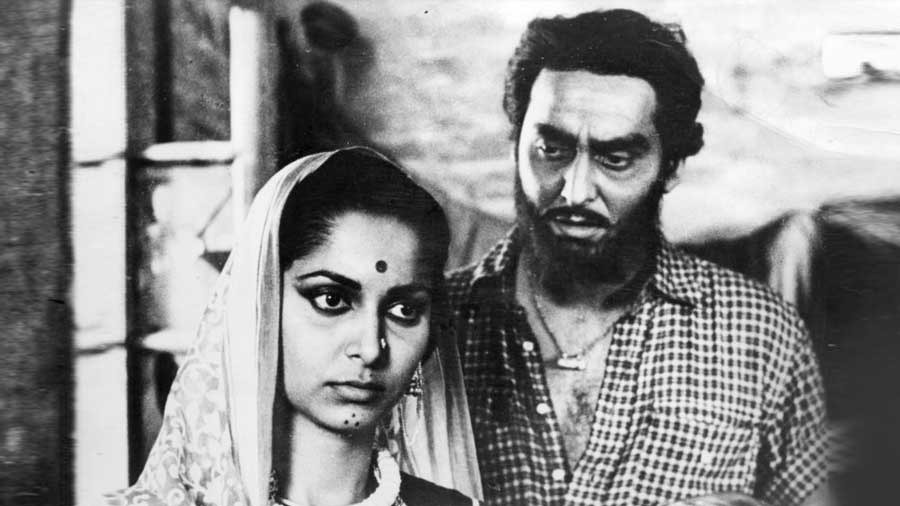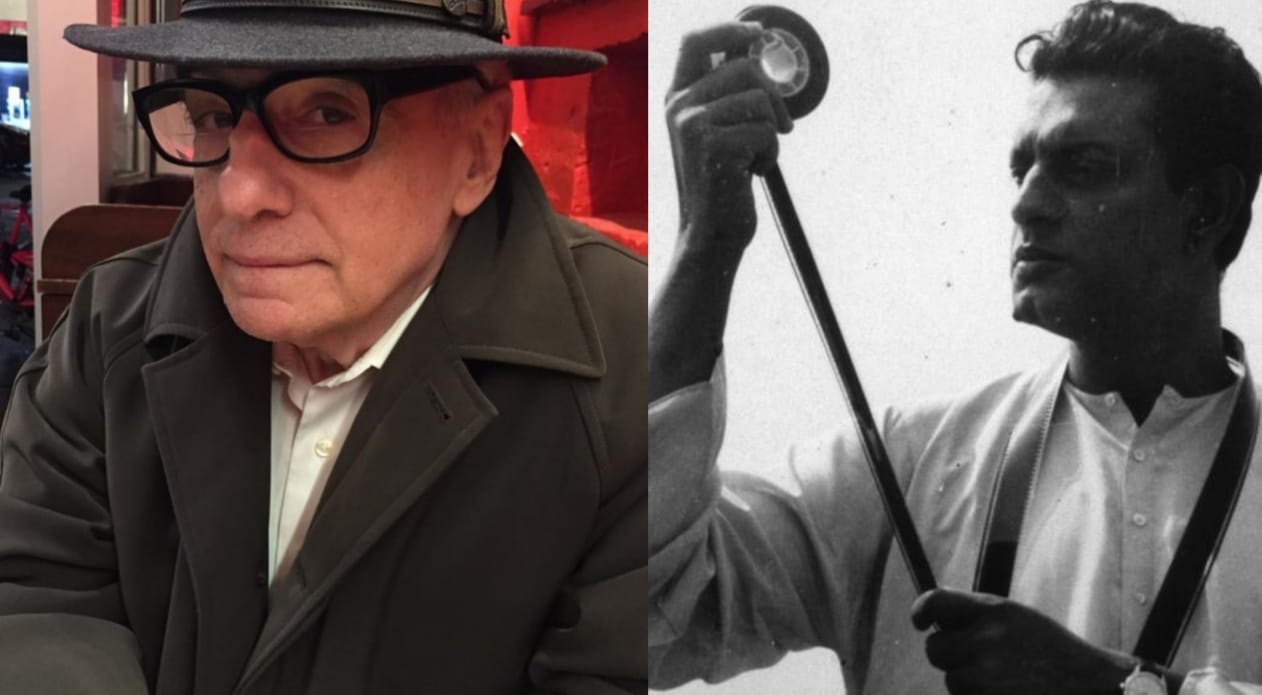This year marks the centenary of filmmaker/auteur Satyajit Ray’s birth. Minister for Information and Broadcasting, Anurag Thakur had earlier announced a Satyajit Ray Lifetime Achievement Award for the 52nd International Film Festival of India to be held from November 20 to November 28, 2021, in Goa. And one of its very first recipients will be none other than the revered American director, Martin Scorsese. The other recipient is renowned Hungarian filmmaker Istvan Szabo, who shot to fame after his cult directorial, Mephisto. As the festival commences, we take a closer look at Ray’s indelible influence on Martin Scorsese, and why the latter receiving this honour feels like a full-circle moment for cinema.
Scorsese, on many occasions, has expressed his affection and extended praise for the Academy Honorary Award winner. In fact, if sources are to be believed, it was the Goodfellas director who proposed Ray’s name for the honourary Oscar. “I find that whenever I need to be energised or re-inspired, I go back to his films,” said the multiple Academy Award-winner when speaking to an interviewer at the Smithsonian Centre for Education and Museum Studies.
So, in honour of the American director receiving the Satyajit Ray Lifetime Achievement Award, we look back at three films of the late auteur-director that inspired Scorsese:
1. The Apu Trilogy

A still from 'Pather Panchali'. Scorsese has often credited this to be the film that opened his eyes to Indian culture and cinema
Scorsese, on multiple occasions, has raved about the films of Ray, particularly the Apu Trilogy. Scorsese has often credited Pather Panchali to be the film that opened his eyes to Indian culture and cinema. The earlier image of India, mainly portrayed through the eyes of colonisers, was replaced by the real, everyday stories. In Pather Panchali, first of the three-part series, Ray captures Apu’s life as a young boy in rural Bengal, his sense of wonder, his relationship with his elder sister Durga, and his life in rural Bengal.
Available on Hoichoi
2. Shatranj Ke Khilari

Scorsese was instrumental in helping restore Ray’s films, particularly 'Shatranj Ke Khilari' Devki Chitra Productions
Scorsese was instrumental in helping restore Ray’s films, particularly Shatranj Ke Khilari, under the Film Foundation that the former created along with other filmmakers like Steven Spielberg and Stanley Kubrick in the early 1990s. The 1977 film is an adaptation of Munshi Premchand’s short story of the same name. The film has an ensemble cast of legendary performers like Amjad Ali, Shabana Azmi, Victor Banerjee and Sir Richard Attenborough, among others. Ray dared to dish this film out as a satire set against the backdrop of the rule of the East India Company.
Available on Jio Cinema
3. Abhijan

A still from 'Abhijan' satyajitray.org
Abhijan is another film that has inspired Scorsese’s filmography. The character Narsingh (portrayed by the late Soumitra Chatterjee) was a direct influence behind the character of Travis Bickle, the protagonist in Scorsese’s 1976 cult classic, Taxi Driver.
In the 1962 film, Narsingh, is essentially a taxi driver, a lowly job for his pride and sentiment. And that pride gets reflected in his work, where he acts out, consumes alcohol as a coping mechanism, and even engages in an affair with a prostitute whom he tries to save.
Available on Amazon Prime Video
